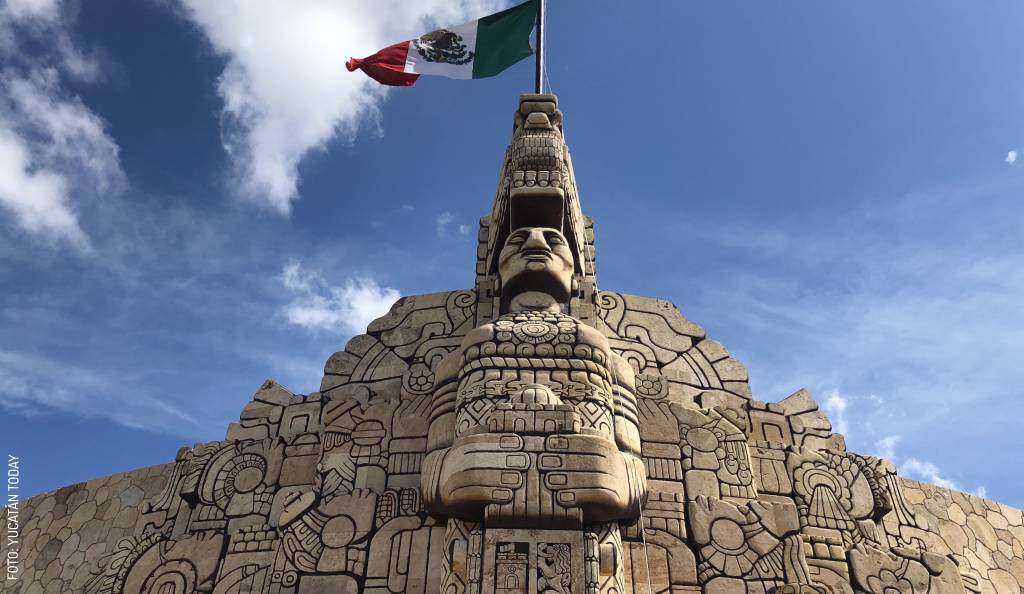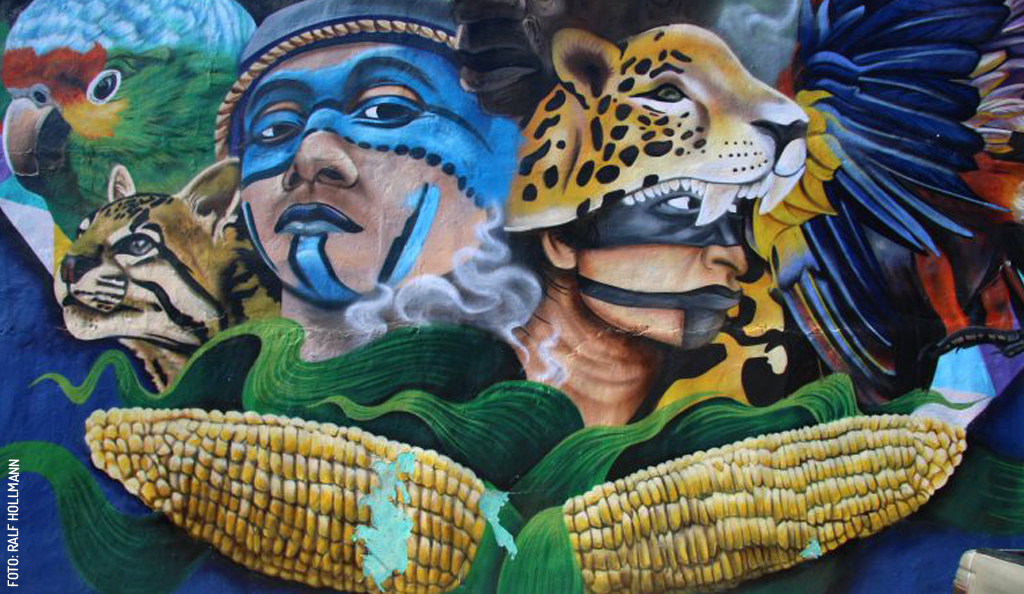Xcalachén, pronounced (shkahla-CHEN) mean "twin wells" in Maya, and refers to excavations made during the colonial period and which, with the passing of time, have been lost. How one can lose a well - let alone two - is an interesting conundrum which will not, unfortunately, be covered in this article.
Xcalachén is a neighborhood, or colonia, in the southern part of the city of Mérida, very close to the cemetery and known for decades as the place to go for "chicharra," or deep fried pork skins, also popular in some parts of the US and elsewhere.
As there were slaughterhouses nearby, the area became popular for those who wanted a fix of fatty pork skins, or the apparently delicious stuffed cow's stomach known as "buche relleno," a haggis-like delicacy, according to those who know about such things. Following the example set by a laid-off henequén industry worker, Manuel David Rodríguez Sierra, many chicharronerías were established in the neighborhood, vying for customer loyalty and pesos.
Today, with the city growing in all directions and a food culture that is becoming more sophisticated and health-conscious, the concentration of chicharronerías in this particular neighborhood has diminished. The most famous, El Rey David, named after the founder of the first purveyor of chicharra and the offshoot El Príncipe David, are both now long gone, leaving in representation three main businesses in Xcalachén: La Lupita, La Flor de Xcalachén, and El Amigo de Xcalachén, any of which can satisfy your cholesterol and deep fried pork rind needs.
In 2017, as part of an effort to stimulate the economy in some of the city’s colonias, the tourism authorities of the day, in conjunction with neighbors and businesses, instituted the Feria de la Chicharra, which adds a festive, fair-like atmosphere to the neighborhood's streets with music, pedestrian-only street access, and activities for young and old, such as the greased pole attraction which is a staple in state fairs in North America. And yes, plenty of beer is served!
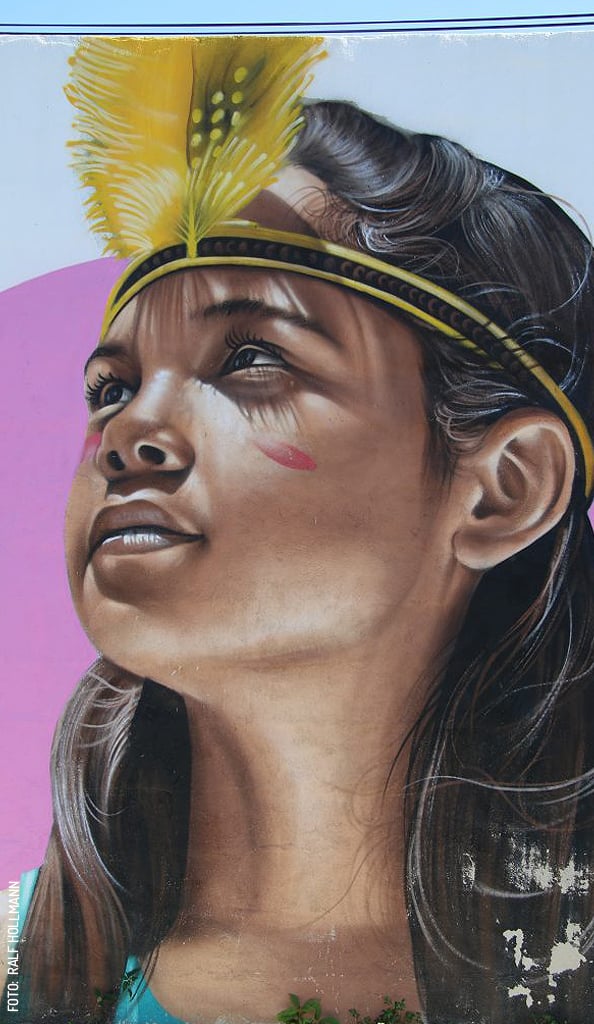 To bring more people to the area, and not just during the fair, local grafitti artists were commissioned to paint façades of homes and businesses (with the owners' permission, of course). At first, some of the more conservative people in the neighborhood balked at the idea of having "grafiteros" come in with their long hair and cans of paint, but when they saw the art being created around them, quickly changed their minds and welcomed the idea.
To bring more people to the area, and not just during the fair, local grafitti artists were commissioned to paint façades of homes and businesses (with the owners' permission, of course). At first, some of the more conservative people in the neighborhood balked at the idea of having "grafiteros" come in with their long hair and cans of paint, but when they saw the art being created around them, quickly changed their minds and welcomed the idea.
The themes are mostly Maya, and range from giant faces covering entire walls to flora and fauna of the region, but there is also a fantastic mural dedicated to Pedro Infante, the icon of Mexican cinema who perished in a plane crash very near this part of the city.
Among the artists who were invited by the city and who have work in other parts of Mérida and the state, you will find Alejandro Cetina Tuz ‘Nookye’; Jesus Ortíz Marrufo ‘Mare’; Carlos López López ‘Eskriba’; José Gaspar Herrera Campos ‘Ache’; Rodrigo Leal Aguilar ‘Loyal’; Paulette González Yañez ‘Poli,’ and many others.
If you are looking for an interesting afternoon or morning stroll (these times are the best for photography) through a traditional Mérida neighborhood that combines amazing street murals with fatty, tasty treats, you don’t have to wait for the next edition of the fair; the businesses are there and open every day and the murals await your admiration.
How to get there:
Take Calle 66 south from Centro until you are at the traffic light with the cemetery in front of you. At that point, go one more block and turn left (no left turn at the light). A couple of blocks later you are in the thick of it! Park and walk around at your leisure. Take the photos first and then head for some porky sustenance, so as not to grease up your camera!
Photography by Ralf Hollmann for use in Yucatán Today

Author: Ralf Hollmann
A bonafide Yucatecan born in Germany and raised in Canada, with a degree in Hospitality and Tourism from the British Columbia Institute of Technology and an occasional source of sometimes-deserved snark, Ralf has experience traveling, leisure tourism, copyediting, creative writing. He also plays the guitar and enjoys taking photos. IG: ralf.around.the.world
In love with Yucatán? Get the best of Yucatán Today delivered to your inbox.
Related articles
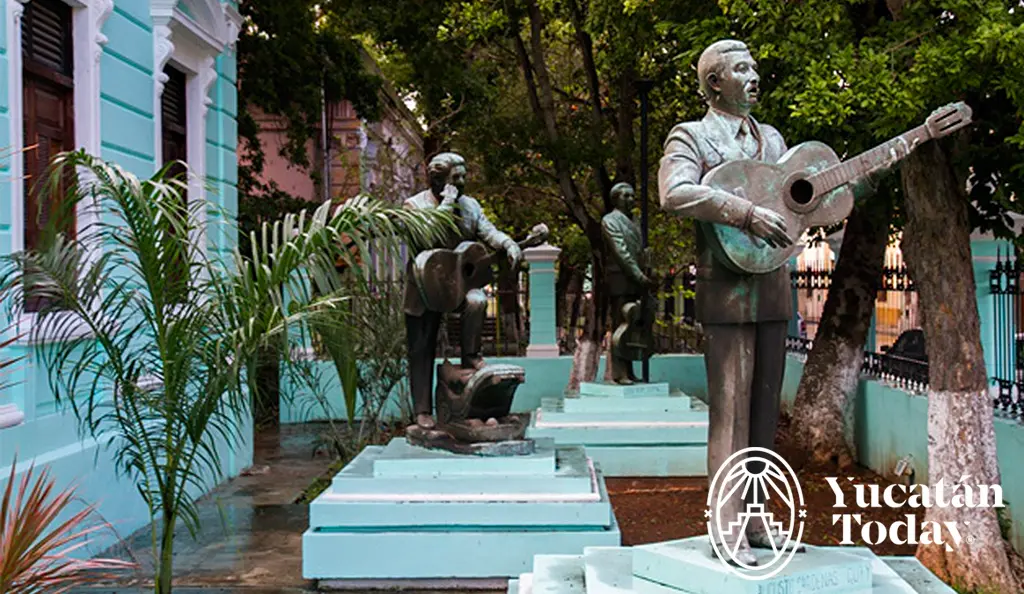
Barrio de La Mejorada
Explore the cultural and historical richness of the La Mejorada neighborhood in Mérida, Yucatán. Discover museums, architecture, and culinary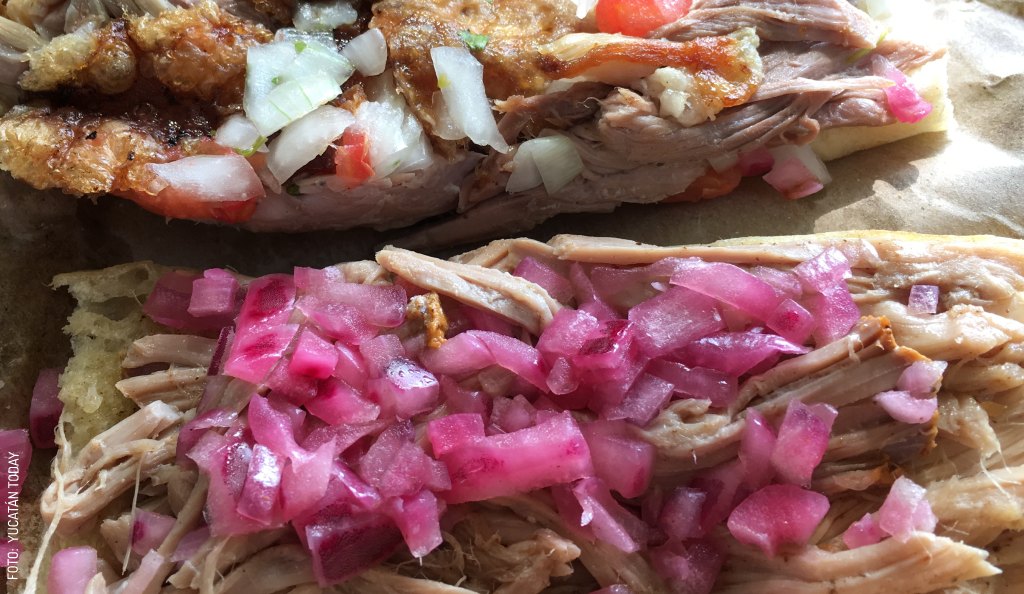
Five Markets and their Top-Rated Dishes
Some fall by the wayside, others become classics and even destinations in their own right. The best dish and its market.